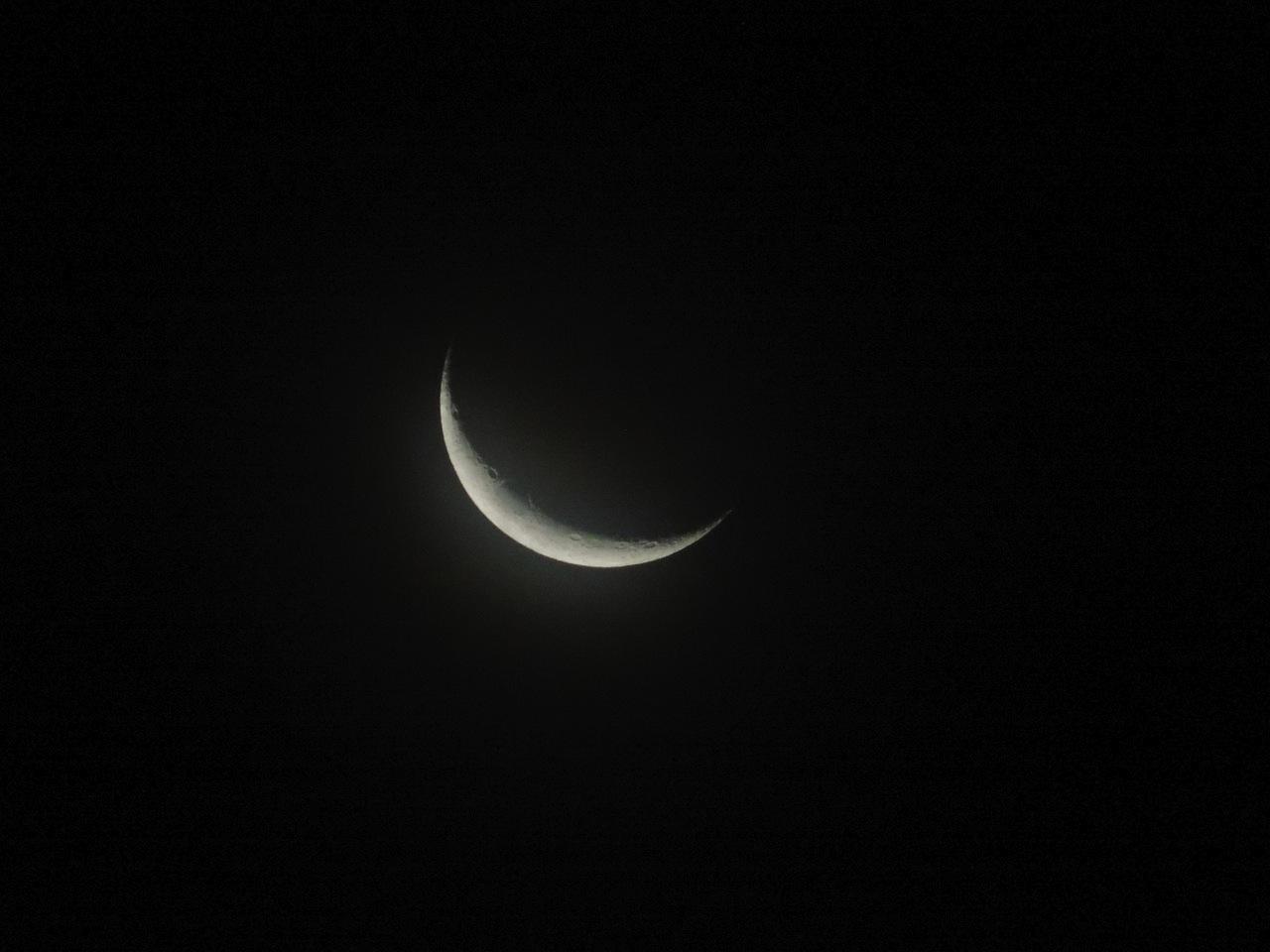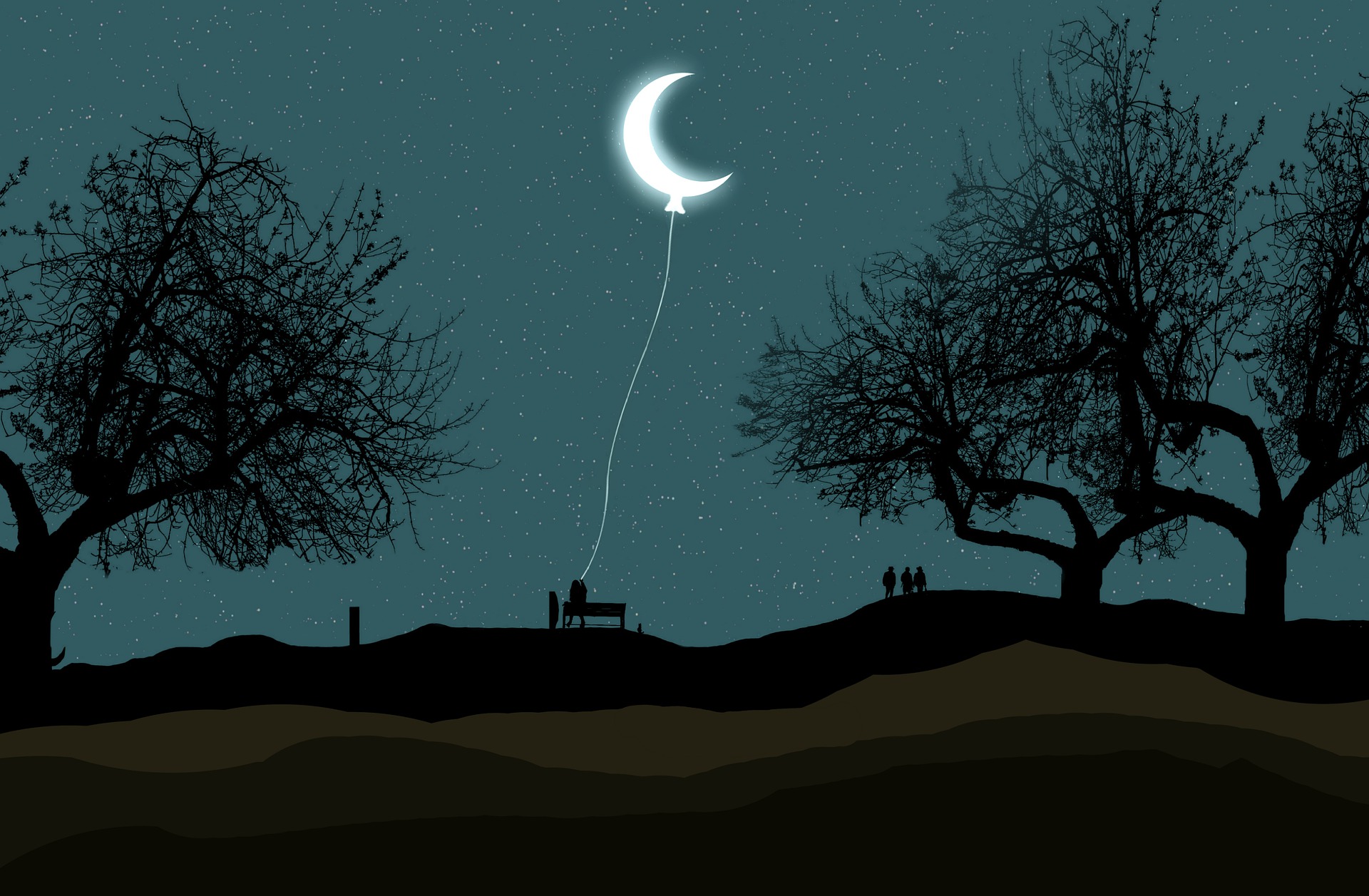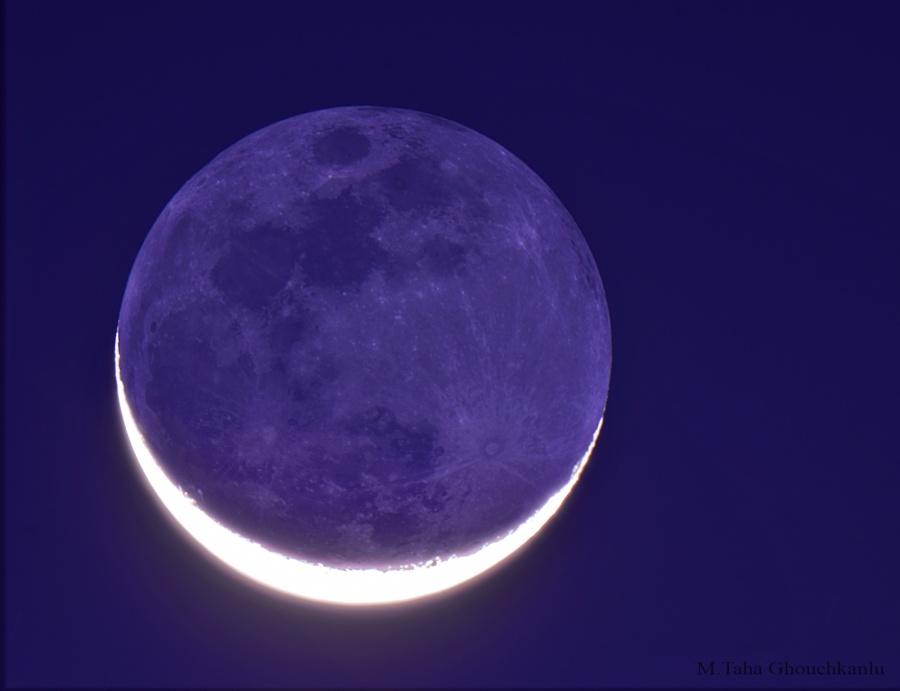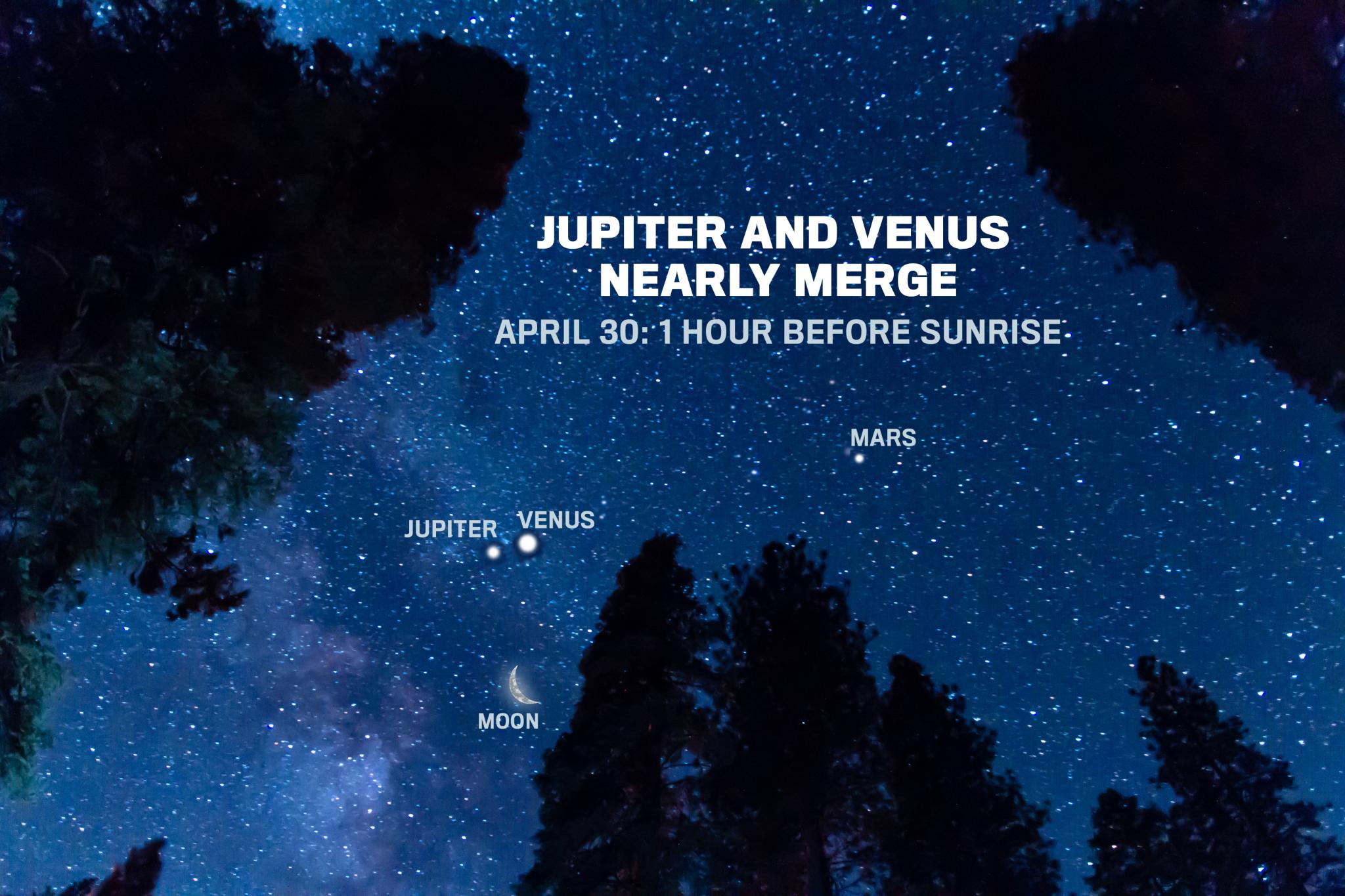This weekend marks the new Moon stage of the lunar cycle, which means we will be viewing crescents until then. Seen in twilight rather than full darkness, and always low in the sky, the crescent may be the Moon’s most surreal phase. Learn more.
Advertisement
The new Moon phase is this Saturday, April 30 here in North America. See your local Moon phase time.
Until then, we enjoy a waning crescent all week. Although crescent shapes surround us if we think of bananas or croissants, the Moon is the only crescent in the sky—even if telescope users can sometimes see Venus and Mercury that way too.

What is special about a crescent moon?
Crescents only appear within a few hours of sunrise or sunset. Cartoonists often depict a thin crescent Moon hovering above errant teenagers sneaking home at midnight, but this is impossible!

We we all find beauty in a crescent Moon. Perhaps its dreaminess comes from its uniqueness. Interestingly, the crescent’s orientation changes with the seasons.
- The past few months it’s hovered like a smile at nightfall, an orientation particularly prevalent in the tropics.
- But at no time or location does the Moon appear to be frowning. An upside down smile is simply not possible, except as an elusive blue-sky daytime challenge.
- In any case, this week begins the half year period when evening crescents will always be oriented on their side like an archer’s bow.

The crescent Moon and Earthshine
The next few evenings, and whenever a thin crescent Moon appears, a strange but famous feature materializes: The dark portion of the Moon (the area unlit by the Sun) prominently glows, a phenomenon called Earthshine.
It’s an accurate label. It happens because 38% of the sunlight that strikes Earth bounces back into space and some of it hits the Moon. About 10% of that light reflects back to our eyes. So Earthshine is sunlight that has made a series of bounces.
The thinnest crescent displays the brightest earthshine. This is due to phase reciprocity, one of those terms it’s oddly fun to use as much as possible, even when it’s not appropriate. It boils down to this: When the Moon appears thinnest from Earth, Earth then looks most full from the Moon. So that’s when our own brilliance in the lunar sky maxes out to brightly paint the lunar surface. It happens the next few evenings! Learn more about Earthshine.

Venus and Jupiter’s Grand Conjunction April 30
Since we’re highlighting the wonders of the week, don’t forget about the morning show! Venus and Jupiter are converging for a spectacular conjunction one hour before sunrise on Saturday, April 30. By Friday morning they’ll be so close together, some observers may think the two have merged! See more details in my April Sky Watch.

Comments